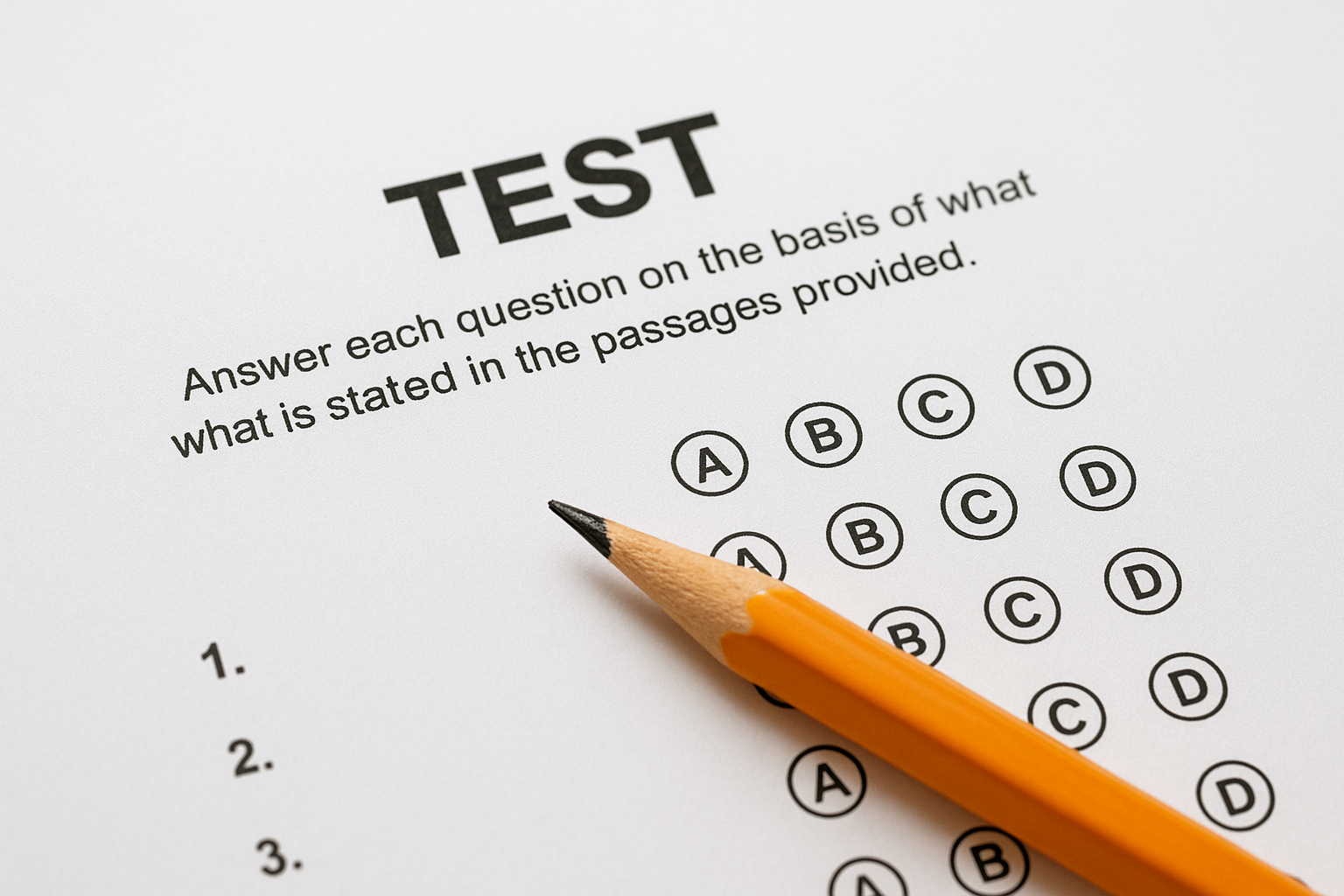
Few scientific endeavors spark as much public debate as space exploration. Supporters see it as a driver of innovation, security, and long-term survival, while critics question the cost in a world full of urgent problems on Earth. This article examines whether space exploration is an unnecessary luxury or a strategic investment in humanity’s future.
The Core of the Debate: Cost vs. Value
At the heart of the controversy lies a simple but powerful question: should billions be spent on space when poverty, healthcare, education, and climate change demand immediate attention?
Government space programs require enormous public funding. Rockets, launch facilities, satellites, astronaut training, and long-term missions all demand sustained investment. To many taxpayers, these expenses appear abstract and disconnected from everyday life.
However, judging space exploration purely by its price tag ignores a broader question of value. The real issue is not how much it costs, but what society gains in return—economically, scientifically, strategically, and culturally. Understanding that trade-off is essential to evaluating whether space exploration is wasteful or necessary.
The Economic Impact of Space Programs
One of the strongest arguments for space exploration as an investment is its economic return.
High-Tech Innovation and Spillover Benefits
Space agencies and private space companies operate at the edge of technological limits. To survive the vacuum of space, manage extreme temperatures, and transmit data across millions of kilometers, engineers must invent new materials, software systems, and manufacturing methods.
Many of these innovations later enter civilian life. Technologies linked to space research have contributed to:
- Satellite navigation and GPS
- Weather forecasting and disaster monitoring
- Medical imaging and remote surgery tools
- Advanced insulation, water purification, and solar power systems
These are not side effects—they are structural outcomes of demanding engineering challenges. Industries built around satellite services alone generate hundreds of billions in global economic activity.
Job Creation and Industrial Growth
Space programs support highly skilled jobs across engineering, construction, robotics, IT, and advanced manufacturing. Each large mission employs thousands of workers directly and supports many more indirectly through supply chains.
Private companies such as SpaceX, Blue Origin, and satellite startups have expanded this ecosystem, turning space into a competitive commercial sector rather than a purely governmental expense. From this perspective, space exploration functions less like a cost sink and more like a technological growth engine.
Scientific Knowledge and Human Understanding
Beyond economics, space exploration radically expands human knowledge.
Understanding Earth Through Space
Some of the most important space missions are not about distant planets at all—they focus on Earth. Satellites monitor climate systems, deforestation, ocean temperatures, ice melt, and atmospheric pollution. Without space-based observation, modern climate science would be blind to many global patterns.
Accurate weather forecasting, early storm warnings, drought prediction, and wildfire monitoring all depend on orbital infrastructure. These capabilities save lives and protect economies every year.
Expanding the Boundaries of Science
Deep-space missions help answer fundamental questions: How did the universe form? What is dark matter? Could life exist elsewhere? These questions may not have immediate commercial applications, but they shape humanity’s scientific worldview.
Historically, societies that invest in fundamental research tend to lead in long-term technological power. Knowledge itself is a strategic asset.
National Security and Geopolitical Stability
In the modern world, space is no longer a neutral scientific frontier. It is a strategic domain.
Satellites as Critical Infrastructure
Communication, navigation, banking systems, military coordination, and emergency response all rely on satellites. A nation that cannot protect or replace its orbital systems becomes vulnerable not only militarily, but economically.
Weather data affects agriculture and disaster planning. GPS guides civilian transportation and global logistics. In this context, space investment is not optional—it is part of national infrastructure.
The New Space Race
As more nations and private actors enter space, competition intensifies. If one country abandons space development while others advance, it risks strategic dependence. Space exploration now overlaps with cybersecurity, defense policy, and global power balance.
From this standpoint, investment in space is comparable to investment in energy independence or digital infrastructure.
The Argument Against Space Spending
Despite its benefits, skepticism remains strong—and not without reason.
Urgent Needs on Earth
Critics argue that billions spent on Mars missions or space tourism could be redirected to healthcare, education, housing, and clean water. From a humanitarian perspective, preventing disease or famine seems more morally urgent than exploring distant planets.
This argument gains force during economic crises, wars, and pandemics, when public budgets face severe pressure and inequality becomes more visible.
Inequality and Elite Projects
Another criticism is that much of modern space activity increasingly serves corporate interests and wealthy elites. Space tourism, private orbital stations, and commercial launches can appear disconnected from public welfare.
If space becomes primarily a playground for billionaires, public trust in its broader value erodes. The ethical question shifts from exploration to who truly benefits from it.
Space Exploration as a Long-Term Survival Strategy
Perhaps the deepest argument for space investment is not economic or political, but existential.
Planetary Vulnerability
Earth is not invulnerable. Asteroid impacts, supervolcanoes, nuclear conflict, pandemics, and climate instability all represent real risks to human civilization. While none guarantee extinction, the cumulative danger across centuries and millennia is significant.
Space exploration supports technologies that detect asteroids early, model planetary threats, and eventually make off-world survival theoretically possible.
Becoming a Multi-Planet Species
Some scientists argue that humanity’s long-term survival depends on becoming a multi-planet species. A self-sustaining colony beyond Earth would act as a backup for civilization itself.
This vision sounds distant and speculative. Yet so did aviation, nuclear power, and the internet before they reshaped reality. The ethical question becomes whether future generations would judge inaction as shortsighted.
The Role of Private Companies and Commercialization
The rise of private space companies has reshaped the debate.
Reducing Costs Through Competition
Private companies have dramatically lowered the cost of launching payloads into orbit through reusable rockets and streamlined manufacturing. What once required massive government budgets is becoming cheaper and more frequent.
Lower costs mean that scientific missions, satellite services, and even interplanetary exploration become more accessible.
New Ethical Concerns
At the same time, private dominance introduces risks:
- Profit may override safety
- Space debris may increase without coordinated regulation
- Strategic infrastructure may fall under corporate control rather than public oversight
Space exploration is no longer only a public research project—it is a commercial battlefield that demands strong international governance.
Cultural, Educational, and Psychological Impact
The value of space exploration is not only material.
Inspiring Scientific Ambition
Apollo landings, Mars rovers, and space telescopes have inspired generations to pursue science, engineering, and mathematics. This cultural effect is difficult to measure but deeply influential.
A society that demonstrates confidence in ambitious projects sends a message about curiosity, progress, and collective purpose.
Expanding Humanity’s Perspective
Images of Earth from space have transformed how people think about borders, environment, and shared destiny. Space exploration continuously reminds humanity that national divisions are small against the scale of the universe.
This psychological impact plays a subtle but meaningful role in shaping global identity.
Environmental Costs and Sustainability
Space exploration is not environmentally neutral.
Rocket launches emit pollutants, produce debris, and contribute to atmospheric changes. Orbital junk threatens satellites and creates long-term hazards. Critics argue that expanding space activity could reproduce environmental damage on a cosmic scale.
Supporters counter that space-based systems also play a central role in environmental protection on Earth. The ethical challenge lies in balancing expansion with responsibility.
Is Space Exploration Truly a Choice?
One overlooked aspect of the debate is that modern civilization already depends on space infrastructure. Weather systems, telecommunications, navigation, financial networks, and global logistics are inseparable from satellites.
The question is no longer whether to use space, but how responsibly and strategically to invest in it. Even abandoning deep exploration would not remove the need for continuous space development.
Key Takeaways
- Space exploration generates economic growth through innovation and high-tech industries.
- Satellite systems form critical infrastructure for communication, security, and climate monitoring.
- Scientific research in space expands fundamental knowledge about Earth and the universe.
- Critics rightly highlight urgent social needs and inequality concerns.
- Space investment supports long-term planetary defense and existential survival strategies.
- Private space companies lower costs but introduce new ethical and regulatory challenges.
- Cultural inspiration and global perspective are powerful non-material benefits.
- Space activity must be balanced with environmental responsibility and international governance.
FAQ
Does space exploration really help solve problems on Earth?
Yes. Weather forecasting, climate monitoring, navigation, telecommunications, and disaster response all depend on space-based systems.
Is space exploration only for rich countries?
Historically yes, but commercialization and international cooperation are gradually lowering barriers for broader participation.
Could space budgets significantly reduce poverty if redirected?
Space budgets are large but small compared to total government spending. Redirecting them alone would not solve systemic social problems.
Is colonizing other planets realistic?
Long-term habitation faces extreme technical and biological challenges. It is possible in theory, but not yet feasible at large scale.
Is space exploration mainly driven by military interests?
Security plays a major role, but civilian science, commercial services, and cultural motivation are equally influential.
Conclusion
Space exploration is neither a simple waste of money nor a guaranteed solution to humanity’s problems. It is a complex form of long-term investment—one that carries economic, scientific, strategic, and cultural consequences. While urgent challenges on Earth deserve priority and funding, abandoning space would weaken infrastructure, scientific progress, and long-term security. The real issue is not whether to invest in space, but how to do so responsibly, equitably, and with a clear understanding of what kind of future that investment is meant to build.







